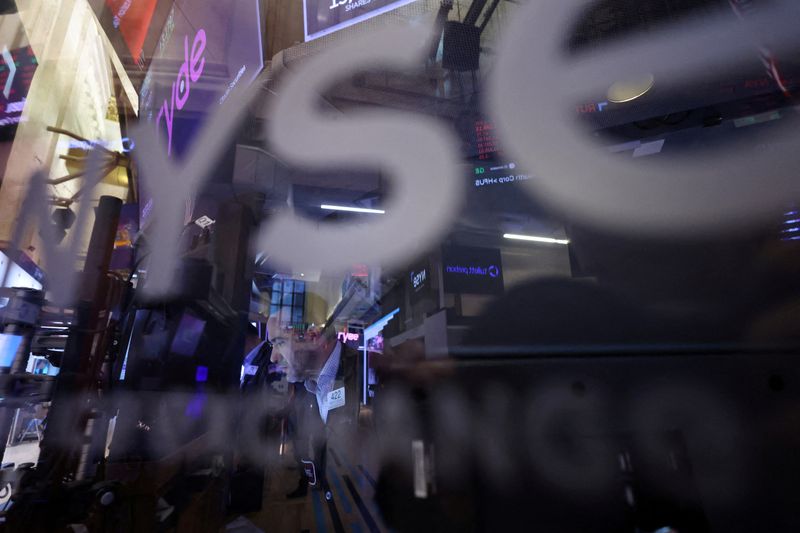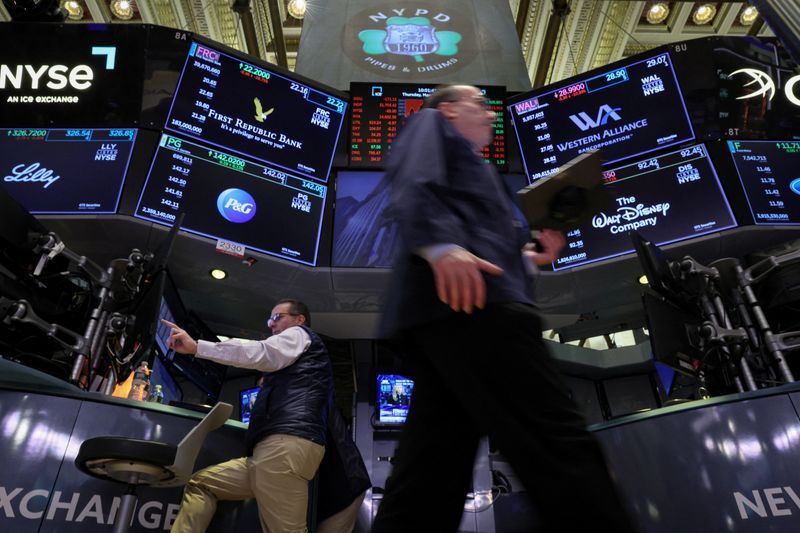Rotation trade dying down despite volatility, says Barclays

Investing.com — The recent rotation trade appears to be losing momentum despite significant market volatility, Barclays strategists said in a Thursday note.
Following months of sharp factor rotations, driven by macroeconomic events like the Yen carry trade unwind and general risk reduction, strategists point out that most factor returns have stabilized at levels seen two months ago.
According to Barclays, this is due to several key macroeconomic developments, most notably the recent Federal Reserve’s 50 basis point cut, a coordinated China stimulus, and strong US labor market data.
While incoming data, such as PMIs, remain mixed, these positive events have supported market stability, with strategists anticipating a global cutting cycle that may extend the economic cycle into 2025, though uncertainty around the US elections persists.
“Our view is that the global cutting cycle will stimulate and extend the economic cycle, providing a soft landing in 2025,” strategists said in the note. “But we have refrained from adding more cyclical exposure before the uncertainty of the US election has passed, allowing a few more months of incoming data to read.”
Historically, post-US election cycles and bear steepening tend to benefit cyclical and cheaper styles such as Value and Small Caps, while defensive strategies like Low Volatility struggle.
Based on this, Barclays has adjusted its factor recommendations, closing its Negative view on Value and shifting to a Negative stance on Low Volatility.
The report also notes that Value has seen some recent improvement, driven by better data and stabilizing yields, making it an attractive option as US election uncertainty subsides.
On the other hand, Low Volatility is expected to face challenges in the coming months, as bear steepening and the resolution of election uncertainty typically do not favor defensive factors.
Overall, Barclays’ shift reflects a subtle tilt towards cyclical factors, maintaining a Positive outlook on Growth and Quality-Yield, while adopting a more cautious view on defensive strategies.







